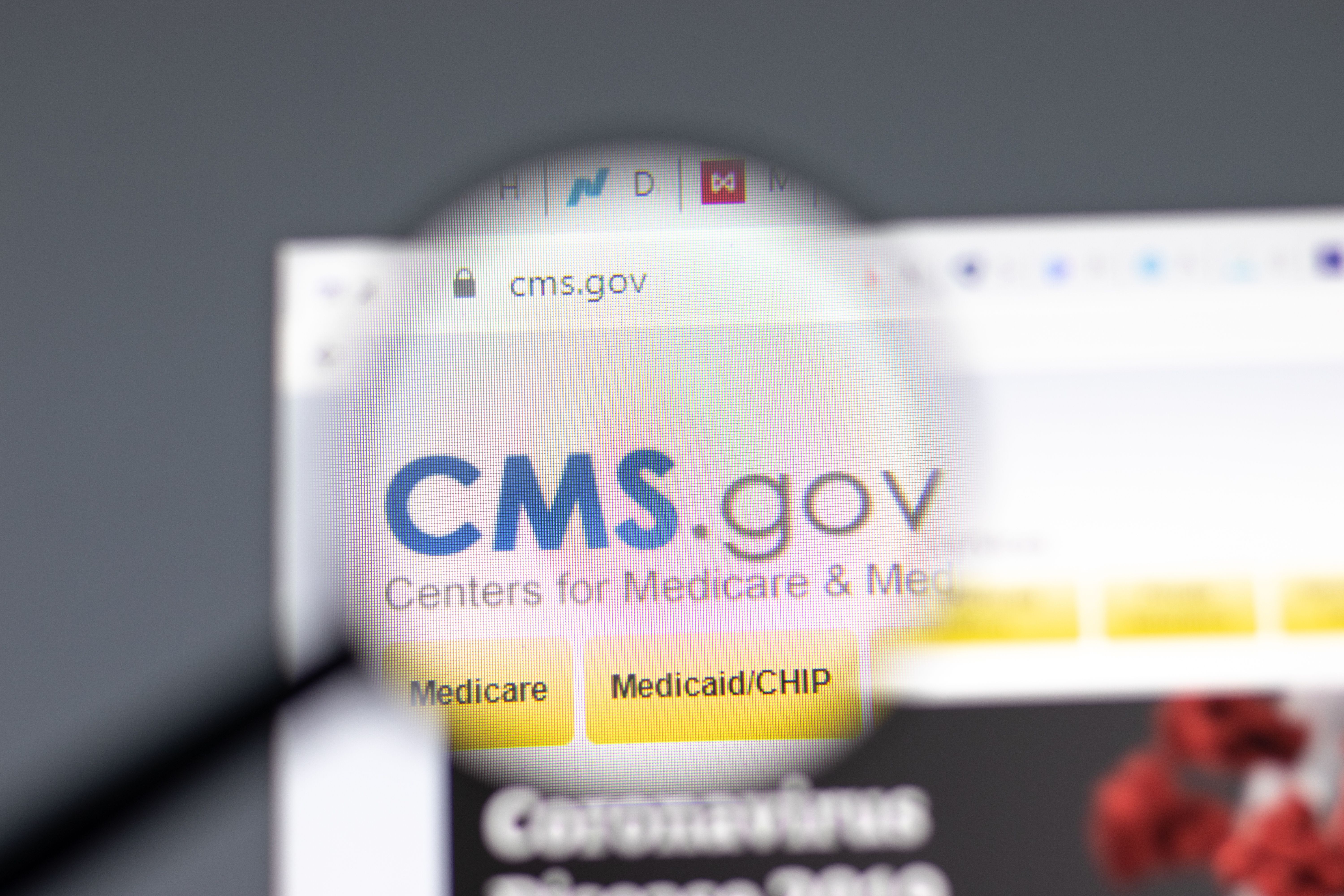Article
Asthma Education Linked to Better 1-Year Disease Control Outcomes in Adolescents, Study Finds
Author(s):
Participation in education sessions and frequent web-based monitoring predicted 1-year outcomes of asthma control for adolescents with partly controlled and uncontrolled asthma.
A study published in JMIR Pediatrics and Parenting found that participation in education sessions, especially combined with frequent web-based monitoring, is an important determinant of 1-year outcomes of asthma control in internet-based self-management (IBSM) programs for adolescents with partly controlled and uncontrolled asthma.
To assess potential predictors of favorable outcomes in an IBSM support program, researchers conducted a subgroup analysis that included adolescents from the Netherlands aged between 12 and 18 years with a doctor’s diagnosis of persistent asthma. These adolescents had participated in the intervention group of a randomized parallel trial (the SMASHING trial), which had a 1-year follow-up with 2-week evaluation periods at baseline and at 12 months.
Only patients with partly controlled and uncontrolled asthma, as defined by having an Asthma Control Questionnaire (ACQ) score of greater than 0.75 or an Asthma Therapy Assessment Questionnaire score of greater than 1.0, were enrolled in the trial. There were originally 46 participants in the intervention group and 44 in the usual care group, but only 35 and 40 participants remained in each group, respectively, by the end of the study.
“In addition to usual care, adolescents in the IBSM intervention group received protocolized education in sessions that only involved small groups of participants,” the study authors explained. “Furthermore, participants were asked to monitor their asthma control by using the ACQ weekly, and they received instant therapeutic advice according to a personal web-based treatment plan.”
The participants were asked to record asthma control outcomes by filling out the 7-item ACQ on a weekly basis, which included lung function that was measured using a handheld electronic spirometer and recorded in a personal page on a secure web application. They were also allowed to report daily symptoms by contacting the asthma nurse or using a diary card.
Education consisted of 2 asthma self-management education group sessions, conducted within 6 weeks before participants entered the trial. In response to any questions or concerns, participants were provided with patient-tailored information regarding asthma self-management, including advice on how to adjust their medication according to a predefined personal treatment plan.
At 0, 3, and 12 months, participants in the intervention group monitored symptoms and lung function daily for 2 weeks, filled out the ACQ twice during those 2 weeks, and completed the Pediatric Asthma Quality of Life Questionnaire (PAQLQ) once. Of the original 46 in the intervention group, 26 completed both the 12-month PAQLQ and ACQ. Twenty-one patients completed the bronchial challenge inhalation test involving methacholine 12 months after intervention.
“Monitoring and education were only accessible to the intervention arm; hence, there are no such data for the participants in the control arm of the study,” the authors clarified.
Of the 35 participants, 22 (63%) followed at least 1 education session. Adolescents with partly controlled or uncontrolled asthma who attended education sessions had significant and clinically relevant improvements in asthma control (ACQ score difference, −0.6; P = .03). These adolescents also showed a nonsignificant trend of improvement in asthma-related quality of life compared with those who did not adhere to education (PAQLQ score difference, −0.45; P = .15).
Although the authors noted that the subgroups were too small to establish a solid conclusion, the findings suggest that attending at least 1 education session was a predictor of significant improvement in asthma control during follow-up compared with not attending any education session. They also wrote that frequent monitoring on its own was not a predictor of significant improvement, but for those who adhered to the sessions, frequent monitoring was a predictor of even further improved asthma control when compared with frequent monitoring in the nonadherent group.
“With respect to possible selection bias, one could argue that the improvement in asthma control in patients who adhered to education and monitoring might not have been due to adherence to the intervention itself but, instead, might have been due to the selection of a cooperative and adherent patient population that can be expected to exhibit better health statuses,” the authors said. “However, even within a potentially adherent patient group, we observed further improvements in asthma control among patients who attended education sessions.”
Reference
Beerthuizen T, Rikkers-Mutsaerts ERVM, Snoeck-Stroband JB, Sont JK. The role of education, monitoring, and symptom perception in internet-based self-management among adolescents with asthma: secondary analysis of a randomized controlled trial. JMIR Pediatr Parent. 2021;4(4):e17959. doi:10.2196/17959





